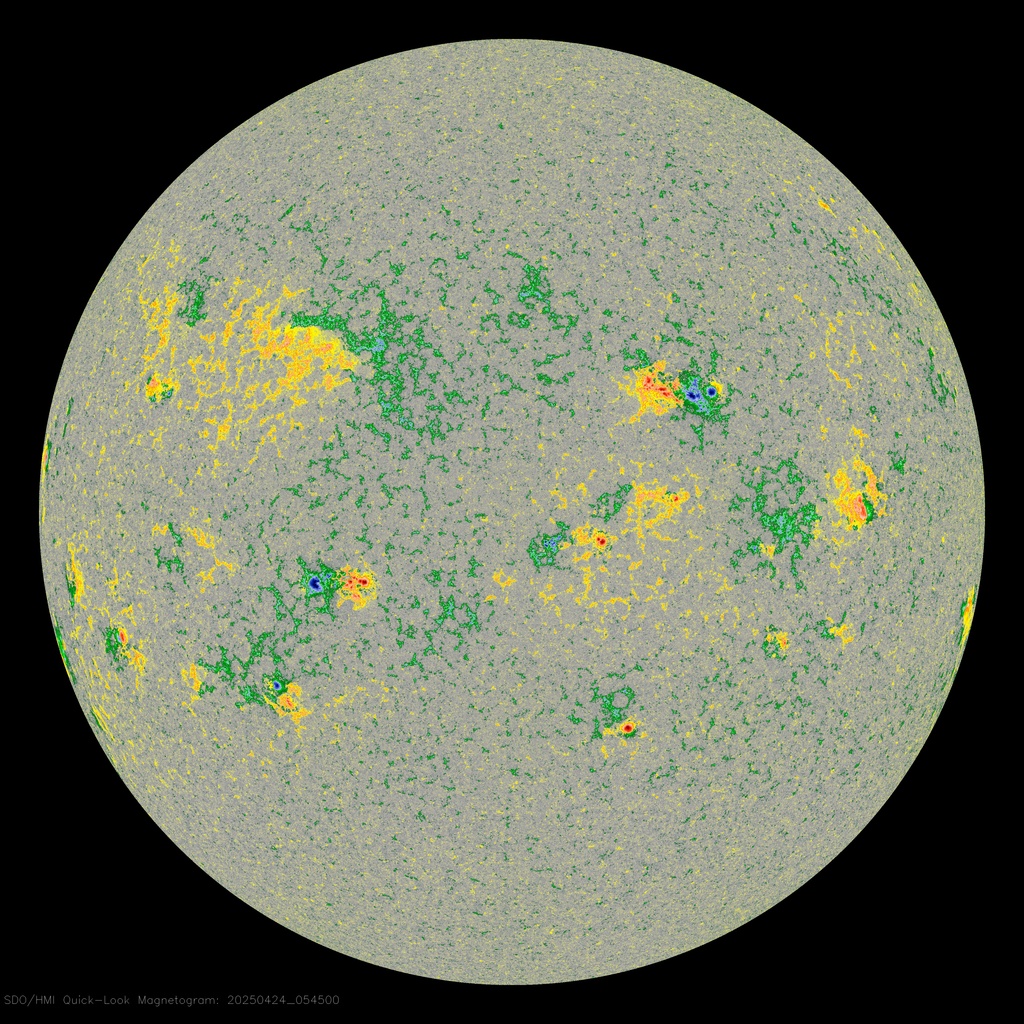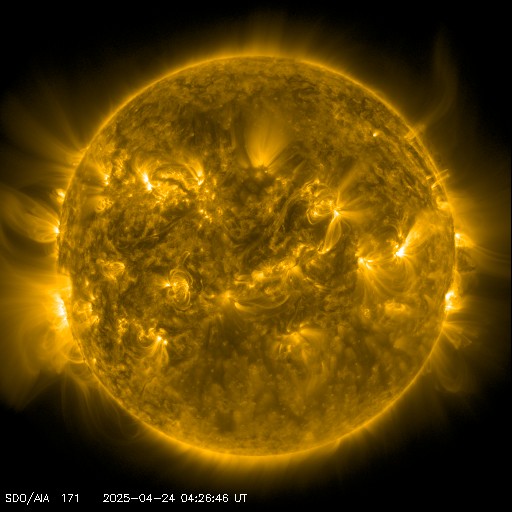Solar Flare Prediction with Deep Neural Networks
First let's look directly at the Sun. Mmm nice isn't it? (This is live, no need to go outside)
 |  |
Project description: Three different deep learning architectures were trained and optimized to predict the likelihood of a flare erupting from a sunspot, that is larger than a class M5.0, within the next 24 hours. The architectures used are: MLP, TCN and LSTM. The dataset used is open source and compiled by Liu et al. The data contains image derived parameters called SHARP, which are physics-based equations obtained from the solar images.
1. Obtaining the data
Our own data acquisition pipeline was developed to download the SHARP data. The SHARP data is derived from the magnetogram images (as shown).

2. Optimizing the models
The different models were trained and optimized with the help of "Weights and Biases". After extensive experimenting we selected our best models to test on the "held-out" data.

3. Testing
We tested for various metrics, most prominently the True Skill Statistic (TSS). Our models were investigated with multiple evaluation plots.

4. Deployment
As a proof of concept, we deployed our model in a near-realtime setting by using the MLP model.
The model is live at: https://flare-prediction.onrender.com/.
Research is available at: https://dspace.nwu.ac.za/handle/10394/37741.